 Memory operates through a peculiar process. Some events burn indelibly into our brains while others prove more elusive. When the destruction of war forces a young child to leave her ravaged town, she embarks on a goodbye trek around her community so she can capture and preserve the good memories that occurred there. As she ventures from one spot to the next, she marks each one on a map. Events spiral through her mind as she recalls the milestones of her life and how they unfolded against the backdrop of her community.
Memory operates through a peculiar process. Some events burn indelibly into our brains while others prove more elusive. When the destruction of war forces a young child to leave her ravaged town, she embarks on a goodbye trek around her community so she can capture and preserve the good memories that occurred there. As she ventures from one spot to the next, she marks each one on a map. Events spiral through her mind as she recalls the milestones of her life and how they unfolded against the backdrop of her community.
Her map making journey provides an opportunity to revisit and savor these warm recollections and help assuage the painful reality of becoming an emigré. The map triggers the process. It serves as a container to hold these memories and the creation process engraves the memories on Zoe’s heart and mind. By setting an intention to retrieve the good memories, Zoe helps herself deal with the heavy realities that leaving behind her country and all that is familiar and comforting.
The Map of Good Memories by Fan Nuno is illustrated by Zuzanna Celej in delicate watercolors that perfectly convey the dreamy and wistful tone of the text. It can easily spark many activities in the classroom. One obvious idea is for students to create maps of their own life journeys and to write the accompanying story to explain them. Discussions of Zoe’s situation can create awareness of global issues like war and the tragedies and disruptions that result. Children can brainstorm ways they can help refugees and immigrants.
Change begins within each of us individually so this story can open conversations about how conflict shows up in the daily lives of children. They can also explore ways of tamping down conflicts in their own classrooms, schools, and families. Conversely, because of its focus on mapping good memories, it places readers in a mindset that zeroes in on the happy aspects of their life. (Too often, it is easy for kids to focus on what they’re lacking versus appreciating what they have. Heck, it’s true for adults too!)
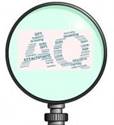 AQ Lens: This book may prove especially useful for children adopted at older ages. These kids will benefit from a similar exercise to identify and preserve some good memories even while facing the painful experience of family fracture and adoption into their new family. Writing their recollections down and/or drawing them on a map helps make their recollections more clear and to preserve them before they fade out of memory. These children need every memory of joy and connection that they can retrieve and retain. Painful and ugly events endure long after the pleasant warmth of the memories of the good times. (For our own protection, our brains are built to focus on remembering danger so we can avoid it in the future.) The “happy times” don’t seem to have quite as much sticking power as the traumatic memories.
AQ Lens: This book may prove especially useful for children adopted at older ages. These kids will benefit from a similar exercise to identify and preserve some good memories even while facing the painful experience of family fracture and adoption into their new family. Writing their recollections down and/or drawing them on a map helps make their recollections more clear and to preserve them before they fade out of memory. These children need every memory of joy and connection that they can retrieve and retain. Painful and ugly events endure long after the pleasant warmth of the memories of the good times. (For our own protection, our brains are built to focus on remembering danger so we can avoid it in the future.) The “happy times” don’t seem to have quite as much sticking power as the traumatic memories.
All adoptees could benefit from this map making activity as a way of manifesting and sharing their interior thoughts about their birth families and the fantasies and wonderings they have about them. Parents could participate by making maps of their own lives. This could lead to some pretty interesting sharing between the generations! More importantly, it validates the child’s memories–not only the ones that adoptive parent and child share but also the ones that occurred before they came to be a family.
This story also easily leads to conversations about co-existing emotions like grief and excitement. Zoe clearly mourns the loss of her former life even while she wonders what her new life will hold. Adoptees experience similar emotional duality regarding their birth and adoptive families. This book is also available in Spanish.
Welcome to #DiverseKidLit ! Please join us in sharing your diverse children’s book links and resources, as well as visiting other links to find great suggestions and recommendations.
What Is #DiverseKidLit?
Diverse Children’s Books is a book-sharing meme designed to promote the reading and writing of children’s books that feature diverse characters. This community embraces all kinds of diversity including (and certainly not limited to) diverse, inclusive, multicultural, and global books for children of all backgrounds.
We encourage everyone who shares to support this blogging community by visiting and leaving comments for at least three others. Please also consider following the hosts on at least one of their social media outlets. Spread the word using #diversekidlit and/or adding our button to your site and your diverse posts.

We hope this community serves as a resource for parents, teachers, librarians, publishers, and authors! Our next linkup will be Saturday, August 4th and the first Saturday of each month.
#DiverseKidLit is Hosted by:
Blog / Twitter / Facebook / Pinterest / Instagram
Instagram Myra @ Gathering Books Blog / Twitter / Facebook / Pinterest / Instagram / GoodreadsShoumi Sen, Author of Toddler Diaries Blog / Twitter / Facebook
Want to be notified when the next #diversekidlit linkup goes live? Click here to join the mailing list. Interested in joining as a host or an occasional co-host? Contact katie at thelogonauts.com.
(Never participated in a linkup before? Please click here for a more detailed step-by-step.)
Get #DiverseKidLit Recommendations on Pinterest!
Our Pinterest board highlights a wide range of amazing posts and resources for Diverse Children’s Books. Please consider following the board for even more great books!
Share Your Link 



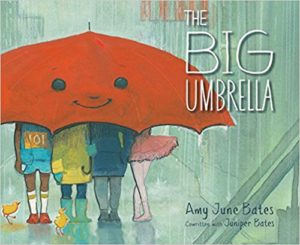

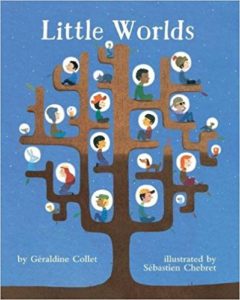

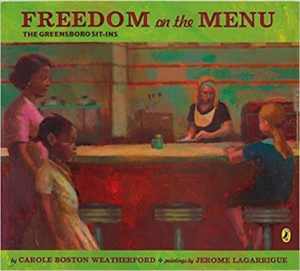
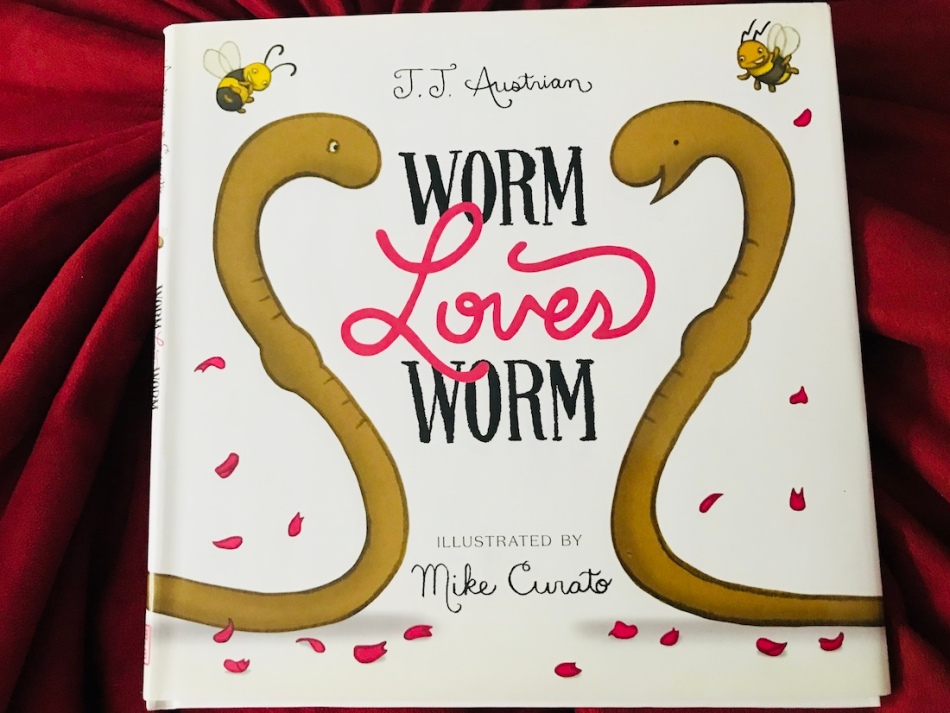
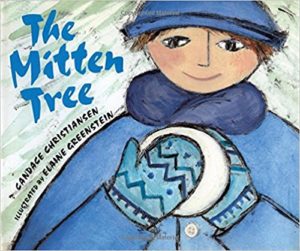

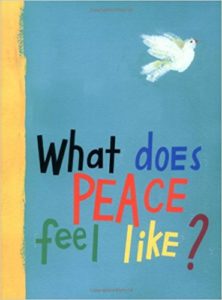 Lately adversity hammered the world in many directions: natural disasters of biblical scale, political confrontations that resulted in death and, most recently a madman mowed down more than five hundred innocent people. At some level, it feels like our world verges on the brink of collapse. Children hear and observe what occurs around them. They watch TV and absorb the horrific reports. As adults we bear a huge responsibility to help them frame and understand the facts. We must share age-appropriate information and provide them tools to process and live with the challenging realities all around us. More importantly, we must help them regain a feeling of security and peace.
Lately adversity hammered the world in many directions: natural disasters of biblical scale, political confrontations that resulted in death and, most recently a madman mowed down more than five hundred innocent people. At some level, it feels like our world verges on the brink of collapse. Children hear and observe what occurs around them. They watch TV and absorb the horrific reports. As adults we bear a huge responsibility to help them frame and understand the facts. We must share age-appropriate information and provide them tools to process and live with the challenging realities all around us. More importantly, we must help them regain a feeling of security and peace.




